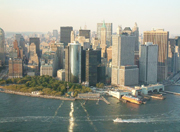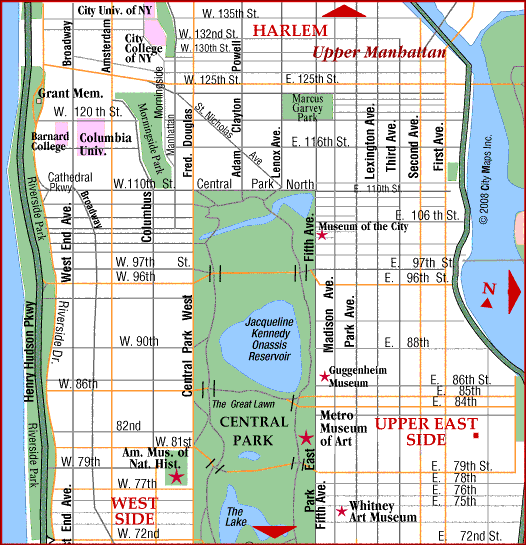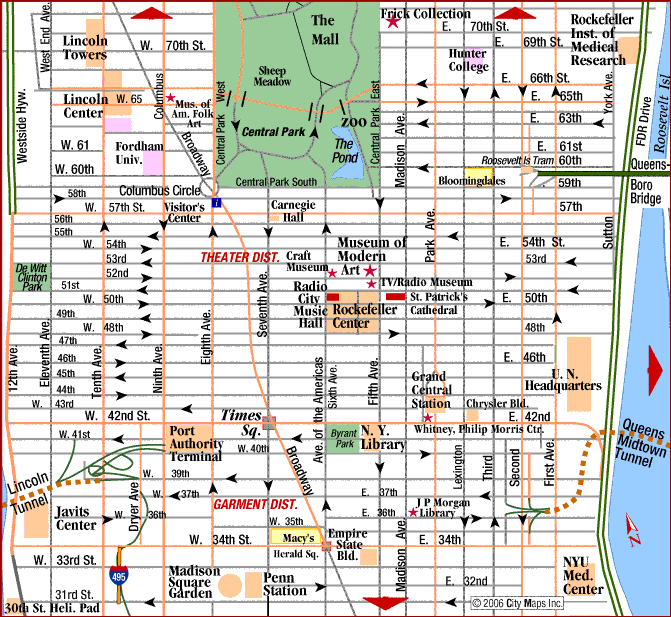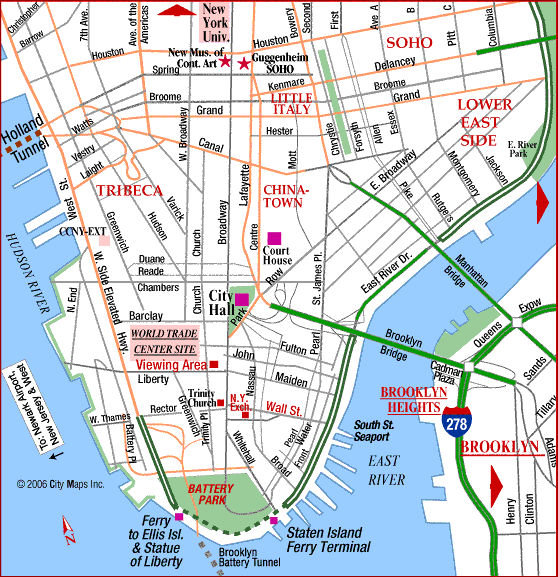"Mannahata" ("island of many hills") to the Delaware Indians. The place that contains "all the depravities of human nature", according to Thomas Jefferson. "A sucked orange", to Emerson. "One of the most crime-haunted and dangerous cities in Christendom", said Whitman in 1856. A "beautiful catastrophe", said Le Corbusier. "Appalling, fantastically charmless, elaborately dire", said Henry James.
The people that live in it just call it "The City".

Give me faces and streets--give me these phantoms incessant and
endless along the trottoirs
Give me interminable eyes--give me women--give me comrades and
lovers by the thousand
Let me see new ones every day--let me hold new ones by the hand every day
Give me such shows--give me the streets of Manhattan!
-Walt Whitman
With almost 2 billion people living in 22.96 square miles, Manhattan is one of the busiest places in the world. Somehow, given its small space, it's also one of the most diverse -- an haven for immigrants for all over the world, it had no identity prior to their arrival. So each of them contributed to building the city's character. Italians, Irish, African-Americans, latinos, Asian-Americans, British... each of them engraved Manhattan with its personality.
Somehow this apparently explosive mix, together with the city's numerous population, resulted in an open-minded, unprecedented synergy where everything was possible. Manhattan started producing things (music, art, commerce, ideology) that had never been seen before, creating the sometimes hard to grasp, always esoteric "New York" brand.
There are three cities inside this City with a capital C -- Gotham, Metropolis and Harlem. Such was the conviction of the editors at Marvel Comics during the superhero boom of the 1930s. Whenever a new writer or artist was hired, he would be given a beginner's manual which made the following distinctions:
Metropolis: Home of Superman. Midtown Manhattan on a sunny day.
Gotham: Home of Batman. South of Manhattan on a rainy night.
Harlem: Harlem.
While internal logic of Depression era superhero strips may not be necessarily as enlightening when it comes to prepare your trip to New York, the Marvel guide is highly indicative of Manhattan's spirit. It may be (justly) known as the commercial and financial center of the world, but there's so much more to it if you know where to you look for it. You may not discover a teenaged, soon-to-acquire-worldwide-fame rapper in the streets of Wall Street, but then again you will not find those overworked brokers glued to their laptops in Washington Heights either. So it's all a matter of knowing your way around.

The best way to start is to check Manhattan's four neighborhoods.
The West Side of Manhattan is generally considered more creative than the East Side. It is an acceptable simplification. You are more prone to find surprises and remarkable things on the East of Fifth Avenue than on the West. This, however, is an unofficial distinction. The official one is more reasonably based on neighborhoods.
They are supposed to be these:
In New York, Upper means downer. For practical reasons, it might be said that Uptown Manhattan is pretty much residential. It wouldn't be entirely accurate, but it wouldn't be too far-off. The area between 59th and 155th Street gets the cold shoulder from many New Yorkers, who view it as its own burough, an area that lacks the pizzazz and the punch of the hectic midtown streets. The place where the city that never sleeps actually goes to sleep for the night. However, it does the New York of combining trends very well. You have the latino Washington Heights, the indescribable Harlem, which has an interesting Spanish variation.
It also has a branch of the MoMA called The Cloisters. According the neighborhood's staid ways, it is more sober than its colorful Midtown counterpart -- it mainly hosts medieval items like manuscripts and paintings.

The largest district in the United States, the stuff postcards are made of, a frantic river of human souls. Midtown Manhattan is the name for any area between 34th and 59th Street and, somehow, these 25 streets manage to run the world almost by themselves. Which is, to an extent, a metaphorical statement: the trends that are filmed here, or are documented in any other way for the rest of the world to see, somehow end up affecting how the globalized world culture evolves.
But it also works as a literal statement (the United Nations Headquarters can be found here, for whatever power they might actually hold over the world; most importantly, it has many important skyscrapers where gray-suited nine-to-fivers make the money dance from one border to the other). Broadway is here, Saks is here, the Empire State Building is here, The New York Times is here, the MoMA is here. Welcome to the most brutally pure version of New York.
If we were to strip the elusive New York essence of its particle, this would be atom. Everything else, -- the Williamsburg neighborhood in Brooklyn, The South Bronx, the JFK airport -- important and New York-ish as it may be are nothing but welcomed additions that inform and complement this fierce, independent and transparently selfish jungle.

Something had to make for the residential Upper Manhattan and this is, logically, Lower Manhattan's job. Generally more exciting, decidedly less safe, this area is anything below 14th street. It has Chinatown, the obsoletely called Little Italy , the once-bohemian Greenwhich Village and, perhaps more importantly, it has the Financial District.
At least it used to. Historically, money belongs to Lower Manhattan, which is where Wall Street and the shockingly mundane New York Federal Reserve is. But ever since the 1960s, financial firms have been moving from teh area to more modern buildings in Mindtwon, where they could be closer to clients and to the homes of their workers, predictably in Upper Manhattan.
This, however, has paved the way to expand Lower Manhattan's riverting cultural vibe -- a response to the oppressively mainstream ways of Midtown -- alternative theaters created Off-Broadway theater, the electronic music started to take an American form in there. Party (or sub-culture) animals are obligated to stop by the Meatpacking District.